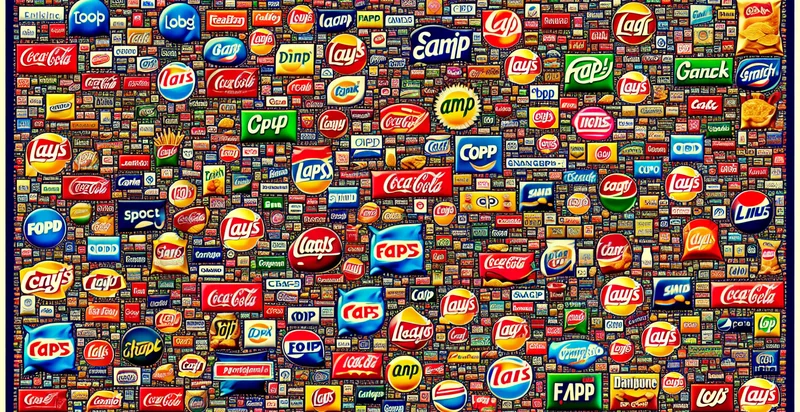Identify jewelry brands by logo
using AI
Below is a free classifier to identify jewelry brands by logo. Just upload your image, and our AI will predict what jewelry brand the logo belongs to - in just seconds.

Contact us for API access
Or, use Nyckel to build highly-accurate custom classifiers in just minutes. No PhD required.
Get started
import nyckel
credentials = nyckel.Credentials("YOUR_CLIENT_ID", "YOUR_CLIENT_SECRET")
nyckel.invoke("jewelry-brands-by-logo", "your_image_url", credentials)
fetch('https://www.nyckel.com/v1/functions/jewelry-brands-by-logo/invoke', {
method: 'POST',
headers: {
'Authorization': 'Bearer ' + 'YOUR_BEARER_TOKEN',
'Content-Type': 'application/json',
},
body: JSON.stringify(
{"data": "your_image_url"}
)
})
.then(response => response.json())
.then(data => console.log(data));
curl -X POST \
-H "Content-Type: application/json" \
-H "Authorization: Bearer YOUR_BEARER_TOKEN" \
-d '{"data": "your_image_url"}' \
https://www.nyckel.com/v1/functions/jewelry-brands-by-logo/invoke
How this classifier works
To start, upload your image. Our AI tool will then predict what jewelry brand the logo belongs to.
This pretrained image model uses a Nyckel-created dataset and has 20 labels, including Abbott Lyon, Boucheron, Bulgari, Cartier, Chanel, Coach, De Beers, Dior, Dolce Gabbana and Fendi.
We'll also show a confidence score (the higher the number, the more confident the AI model is around what jewelry brand the logo belongs to).
Whether you're just curious or building jewelry brands by logo detection into your application, we hope our classifier proves helpful.
Related Classifiers
Need to identify jewelry brands by logo at scale?
Get API or Zapier access to this classifier for free. It's perfect for:
- Brand Reputation Management: By implementing a jewelry brands logo identifier, companies can monitor the use of their logos across various digital platforms. This helps ensure brand integrity and allows firms to take action against unauthorized or counterfeit representations.
- Targeted Marketing Campaigns: Jewelry brands can utilize the logo identifier to segment and target their audience more effectively. By recognizing which brands consumers engage with, they can tailor marketing campaigns and promotions to specific customer preferences.
- Retail Partnerships Evaluation: Retailers can use the logo identification function to assess the performance of jewelry brands featured in their stores. This analysis enables retailers to identify which brands resonate with their customers, informing stocking decisions and potential partnerships.
- Competitive Analysis: Jewelry brands can leverage this identifier to analyze competitor presence and brand visibility within the market. By capturing logo usage trends, they can adjust their strategy to enhance brand positioning and market share.
- Fraud Detection: Use of a logo identifier in e-commerce can help identify counterfeit products being sold alongside genuine items. By flagging discrepancies, companies can take steps to protect their customers and their brand's authenticity.
- Supply Chain Transparency: Manufacturers can implement this logo identification across logistics to verify which brands are being represented in their product lines. This enhances transparency and accountability in the supply chain, ensuring that all party representations are accurate.
- Product Development Insights: Analyzing the logos that brands are using in jewelry design and marketing can provide insights into current trends. Jewelry designers and product developers can use this data to inform future collections, ensuring they align with market demands.


